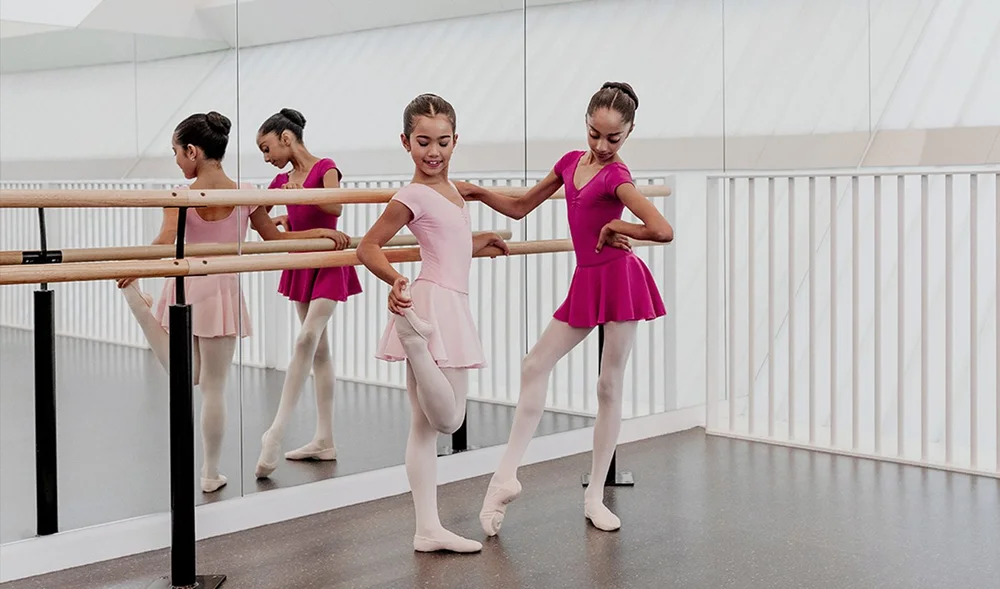Dance showcases the uniqueness and capabilities of individuals and can provide opportunities for growth and leadership. However, dance lessons are not readily accessible and available for many populations, especially minorities or underprivileged people. Additionally, many dance education curriculums are...
Dance showcases the uniqueness and capabilities of individuals and can provide opportunities for growth and leadership. However, dance lessons are not readily accessible and available for many populations, especially minorities or underprivileged people. Additionally, many dance education curriculums are not diverse and center on only certain styles of dance, rather than styles from around the world. There is a need for further cultural diversity in the realm of dance and further inclusivity of marginalized populations. According to United States Census Bureau, by 2044 more than 50% of Americans are projected to be part of a minority group due to demographic shifts. As the country becomes more demographically diverse, the need for more culturally diverse curricula to educate people and to equip them for the future is necessary. Although, dance education has changed to reflect more accurately the demographics of society, there is a need for more appreciation and recognition of non-western dance forms. The United States is more racially diverse than ever, yet there is lack of representation of non-western cultures within dance.
Karen Schupp and Nyama McCarthy-Brown conducted research that included student’s perspectives surrounding cultural diversity in dance education to evaluate what changes are necessary to embrace cultural diversity more fully. They wanted to analyze how education has evolved with the shifting demographics and developing role of dance in society. They wanted to study the re-conceptualization of dance programs in regards to cross-cultural curricula, and evaluate whether or not students saw successful diversification. Organizations such as the National Association of Schools of Dance and National Dance Education Organization, have evolved to encompass more cultural recognition and appreciation by revising their curriculum and content. Strategies to diversify dance education have included: “diversifying the four-year sequential curriculum; diversifying course curriculum, requiring culturally diverse readings; targeting diversity hires; diversifying movement styles assessed in the audition process; recruiting diverse students; diversifying students accepted into the program; providing need based scholarships; and choosing demographically diverse guest artists” ( Schupp, McCarthy-Brown). Despite many changes programs have made to curricula, student’s perspectives on these changes have not been analyzed. Schupp and McCarthy-Brown acknowledge that there is not sole solution to diversifying dance curricula, but advocate for education models that embrace multiculturalism.
Schupp and McCarthy-Brown analyzed the historical development of dance to more fully understand how dance has evolved in the past decades. The first dance major program was founded in the late 1920s by Margaret H’Doubler, and was focused on modern dance as a creative art. Multiculturalism as an integral part of dance education as a way to respect diversity was not introduced until the 1960s. As this movement gained traction, the first dance program to focus on ethnic arts was founded in 1962 at the University of California, Los Angeles. Soon, cross-cultural dance forms became more predominant and programs progressively shifted from the Western-centric ideals of dance programs. With growing research about the importance of the diversification of dance, culturally diverse competences are requirements for the National Dance Education Organization’s Profession Teaching Standards for Dance Arts and National Association of Schools of Dance standards for liberal arts and professional dance major degree programs.
To evaluate progress in embracing diversity and inclusion and discover more effective ways to diversify dance curricula, Schupp and McCarthy surveyed 157 students with quantitative and qualitative questions that assessed the value of cultural diversity in the survey respondents’ programs, the titles and content of their dance history courses, their knowledge of culturally diverse artists, and the courses they were enrolled in. They found that the respondents had positive views regarding the effectiveness of dance programs in providing them with a range of cultural perspectives on dance, reflecting the success of diversity initiatives. However, according to the results, programs continued to value modern dance and ballet over other dance styles. Furthermore, results showed exposure to diverse guest artists, performances, and events were the main ways programs promoted diversity. Yet, when respondents were asked to provide knowledge of culturally diverse artists many were unable to successfully answer, and many students advocated for more cultural education in dance history courses.
Overall, students saw improvement in their program’s efforts to promote cultural diversity, but still saw a need for more change. Schupp and McCarthy-Brown found that dance programs promoted cultural exploration and education, but still valued the aesthetic values of Western dance forms over other styles They emphasized the importance of dance educators and their role in the strengthening and appreciation of the role of dance in societies around the world and widening the canon of dance. By conducting this research and providing more insight into students’ perspectives, Schupp and McCarthy-Brown hope to enlighten educators on current limitations in education and strategic ways to improve in aligning the content in a more inclusive manner.
Source: file:///C:/Users/Blair.Bath/Downloads/33-Article%20Text-47-1-10-20180829%20(3).pdf












